Forum for Dialogue wanted to make young people aware of the sites related to Warsaw’s Jewish history. For this reason, our organization was the first to offer tours of Jewish Warsaw for high school students. There were four routes to choose from: tour of Jewish cemetery at ul.Okopowa, tour of the area around pl.Grzybowski, tour of the former ghetto area and tour of Jewish Praga. On what street did the synagogue stand in Praga district? How did the ghetto borders run? What was Próżna street like before the war? “I don’t know” would be the answer to these questions by most of Warsaw’s high school students. To gain knowledge in this subject matter, teenagers were invited to experiential history lessons that presented the forgotten Jewish side of Warsaw. The tours were meant to acquaint young people with sites connected to the city’s Jewish history. These outdoor activities were more than mere field trips or history lessons; a significant part of each tour focused on group work of the students with sources provided by the organizers. The tours have now become an integral part of School of Dialogue Warsaw program. Tour routes:
“Stories Behind the Stones” is a tour in the course of which students explore the area of Warsaw’s Jewish cemetery, working with visual aids in the form of photographs and material objects. The tour acquaints students with specifics of Jewish tombstone symbolism, introducing them not only to Jewish culture, but also biographies of famous people buried at the cemetery. Much is to be gained from a cemetery visit in Warsaw, a city that was almost completely destroyed, especially when it is a large preserved cemetery; this is the best testimony to the richness and diversity of Warsaw’s Jews.
“Próżna Now and Then” gave tour participants the opportunity to explore the only street that survived the Warsaw ghetto before its renovation.




